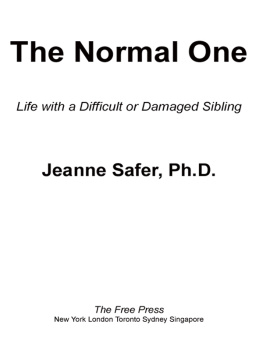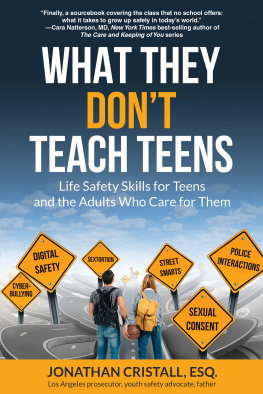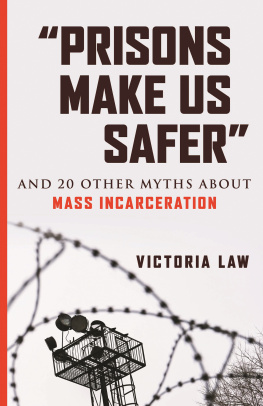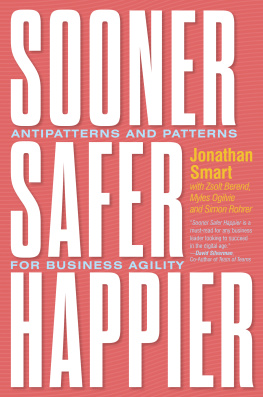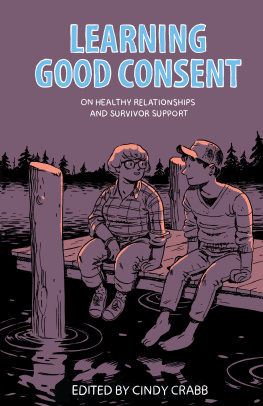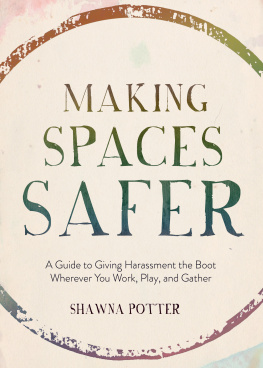Safer Sex
for the
Non-Monogamous
Jess Mahler
While every precaution has been taken in the preparation of this book, the publisher assumes no responsibility for errors or omissions, or for damages resulting from the use of the information contained herein.
SAFER SEX FOR THE NON-MONOGAMOUS
First edition. March 14, 2019.
Copyright 2019 Jess Mahler.
Written by Jess Mahler.
10 9 8 7 6 5 4 3 2 1
For Michon, Michael, David, Ericka, Bea, Jaid, and Bonnie.
The credit belongs to the man who is actually in the arena...who knows at best... the triumph of high achievement, and who at worst... fails while daring greatly.
Franklin Roosevelt, The Man in the Arena
Whatever comes of our weird family, thank you for stepping into the arena with me, and trying.
With thanks to Allison Washington, the Mazzoni Center, and the Trans Research Group on Facebook for being willing to answer my sometimes intrusive questions.
To folks in the Metanoiac Portal for critique and input on healthy consent.
To Michon Neal, for sensitivity edits, cheerleading, and bopping me over the head when necessary.
To Michael, for proofreading and putting up with me.
S o you want to learn about safer sex? Good for you.
Its a sad truth that in most of the USand many other parts of the worldpeople arent taught about sex. And where sex is taught, it is taught in the context of monogamy.
This book is about safer sex. Most of them time, safer sex is a euphemism for how to have sex while reducing your risk of getting a sexually transmitted infection. Here, were taking a wider view of what safer sex isand isnt.
In addition to STIs and STI risk management, well be looking risks of sex, and what you can do to be safe. Including: physical injury, emotional safety, healthy consent, and self care.
Regardless of which risks were talking about, its important to understand that the goal is to reduce risk, not eliminate it. The only way to eliminate all risk from sex is to not have sex.
While this book takes a broader view of safer sex, it also has a different relationship focus: safer sex when you are in a non-monogamous relationship. If you are monogamous, or in a monogamous relationship, you will find this book useful. But the assumption within these pages is that you are having or interested in having sexual relationships with multiple people.
My own preferred form of non-monogamy is polyamory, which focuses on establishing relationships with an emotional connection with multiple connections. Approaches to non-monogamy include swinging, polygamy, polyfidelity, relationship anarchy, open relationships, and more.
My goal in writing this book is not to tell you the right way to have sex. Its to provide information so you can choose the right approach for you. That said, I am not an unbiased fount of perfect informationmy experiences with polyamory definitely color my approach to relationships and sex. Use what works for you, discard what doesnt, and use this book as a jumping off point to learn more about safer sex.
Terms For Relationships
I used non-monogamous in the title because its the word most people are familiar with. I prefer to use multilinking. Multilinking is both broader than non-monogamy and more clearly defined. Non-monogamy is not monogamy but everyone disagrees on what monogamy is. (Dont believe me? Start a discussion sometime on whether or not X behavior is cheating in a monogamous relationship. Then sit back and watch the argument take on a life of its own.) Unlike polyamory, relationship anarchy, and swinging, multilinking has not (yet, hopefully never) taken on the baggage of being an identity. It is a verb, not a noun. The act of having sex and/or relationships and/or intimate connections with multiple people. It applies equally well to group relationships, polygamous marriages, hook-up culture, monogamish relationships, polyamory, casual dating and a great deal more.
You link with someone when you have sex, enter a romantic relationship, form an intimate bond, or otherwise connect in a way that is meaningful to you. Someone you link with is a connection.
This is the terminology I will be using throughout this book to refer to relationships and sexual/intimate/romantic/life connections.
Terms For Genitalia
Okay, folks, most of you should have gotten the message by now, even if way too many people still refuse to believe it. Gender does not equal genitalia. Genitalia (and gender, but this book were mostly talking about genitalia) are more complicated than penis and vagina.
In fact, the penis and clitoris start as the same thing, the clitorophallus. It develops differently depending on a complex mix of genetics, hormones, and other stuff we dont fully understand yet. A clitorophallus that extends far enough outside the body is generally called a penis. A clitorophallus that is almost entirely inside the body is generally called a clitoris. A clitorophallus that falls between expectations for a penis or clitoris should (barring medical necessity) be left the hell alone until the owner can decide for themselves.
Now, just about everyone has a clitorophallus and almost everyone has testes (which usually develop into either testicles or ovaries). What some people have and some people dont have is a vaginal canal, labia, and vestibule. Some people have a clitorophallus big enough doctors call it a penis and have a vaginal canal. The human body is some complex stuff.
To keep things as 1) simple and 2) broadly applicable as possible, Im ditching the usual terms for genitalia. A clitorophallus which extends outside the body and/or can penetrate a sexual connection is external genitalia. A vaginal canal, with or without labia and etc, is internal genitalia.
Next page
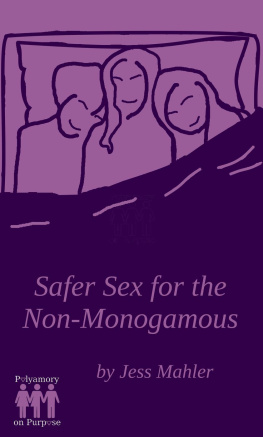
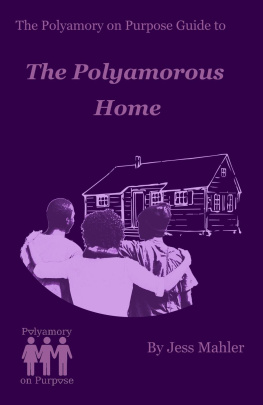

![Dzhejms CHejz - Safer Dead [= Dead Ringer]](/uploads/posts/book/910100/thumbs/dzhejms-chejz-safer-dead-dead-ringer.jpg)
